
Welcome to the Experian Thought Leadership Hub
Gain insights into the fast-changing world of consumer and business data through our extensive library of resources.
378 resultsPage 1
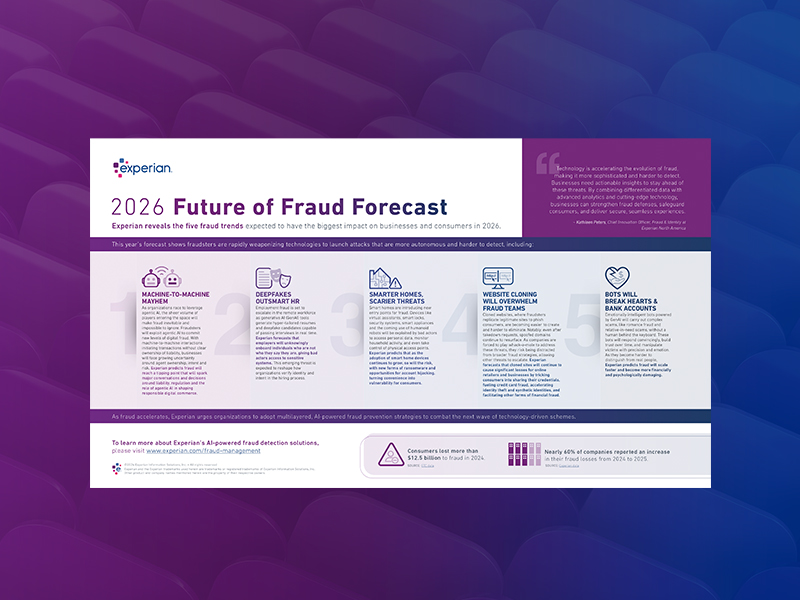 Infographic
Infographic
Download Experian’s 2026 Future of Fraud Forecast to explore five fraud trends expected to have the biggest impact on businesses and consumers in the coming year, including:
The Regional Economic Health Tracker examines consumer health across the four U.S. census regions. It highlights how regional dynamics, from data center growth to housing costs and credit conditions, are shaping household finances today.
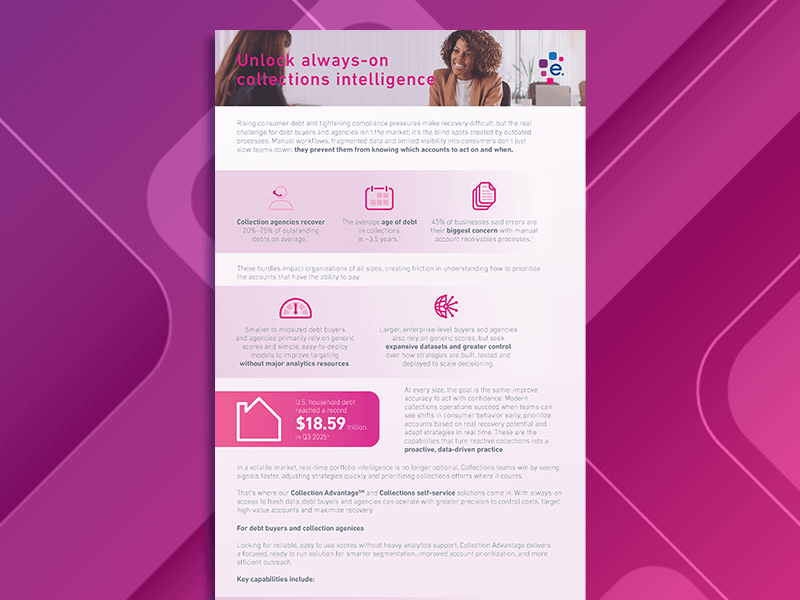 Infographic
Infographic
As market conditions shift, collections success depends on continuous, high-quality consumer data. This checklist highlights how always-on collections intelligence can help debt buyers and agencies:
 White Paper
White Paper
ITIN holders are active, responsible participants in the U.S. credit economy — yet many remain overlooked by traditional lending models.
Our white paper takes a closer look at this financially active and resilient population, revealing key insights into their credit performance and long-term growth potential.
Some findings include:
Read the full white paper for more insights.
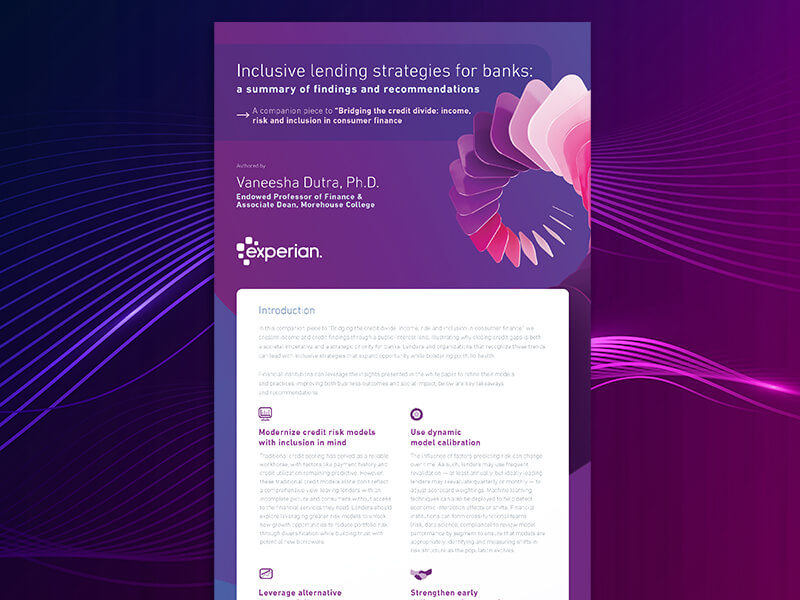 Tip Sheet
Tip Sheet
This summary outlines important research findings that help lenders drive a more inclusive environment for customers, while mitigating risk.
A few takeaways:
 Report
Report
Gain actionable insights from Experian’s 2026 State of the U.S. Housing Market Report:
 Webinar
Webinar
Join Ashley Knight, Experian’s SVP of Product Management, and Haiyan Huang, Prosper’s Chief Credit Officer, to discover how:
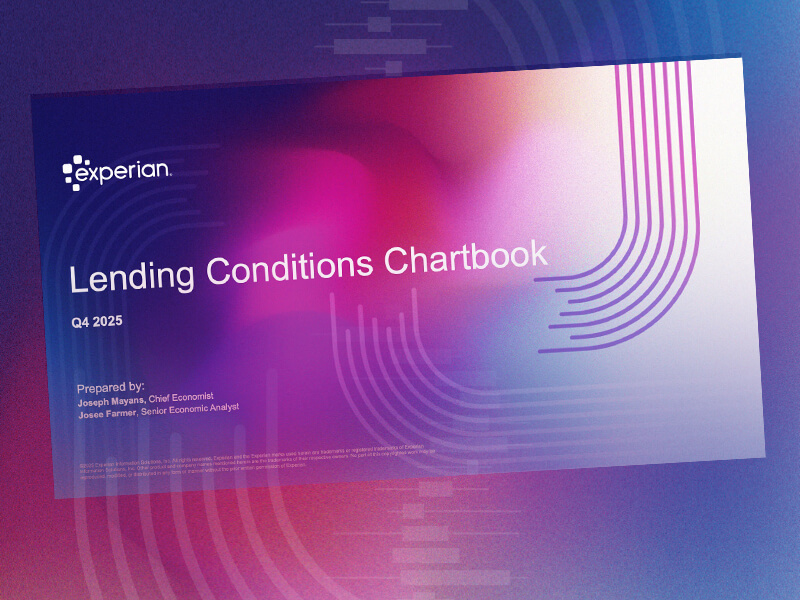 Report
Report
Despite tariff headwinds in 2025, the U.S. economy exceeded expectations and is positioned for continued growth. Improving credit dynamics point to a stronger lending environment in 2026.
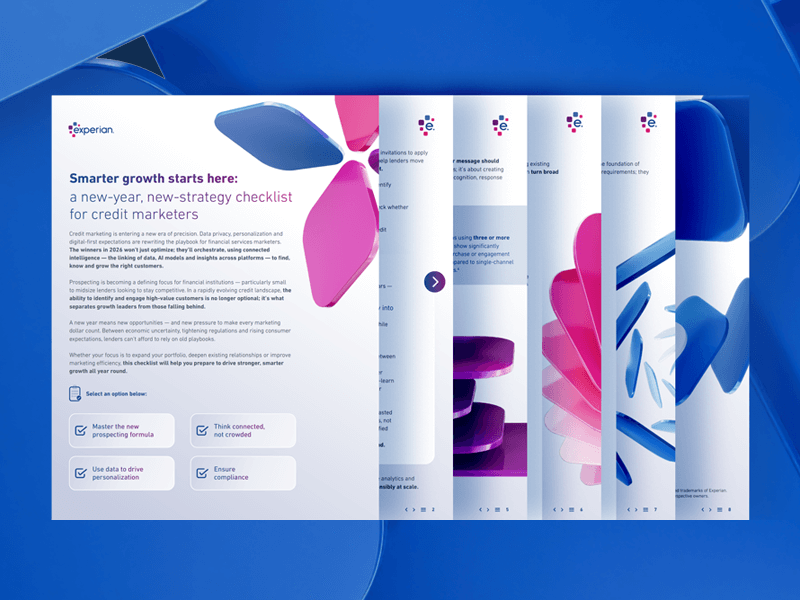 Tip Sheet
Tip Sheet
A new year means new opportunities — and new pressure to make every marketing dollar count. Whether your focus is to expand your portfolio, deepen existing relationships or improve marketing efficiency, this checklist will help you prepare to drive stronger, smarter growth all year round.
You’ll discover how to: